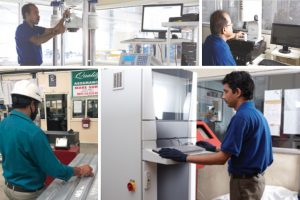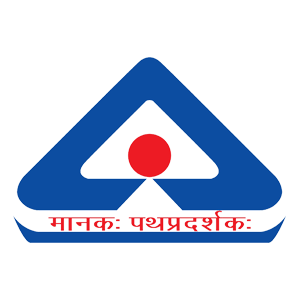Across industrial world, aluminium extrusion is commonly utilized to make a number of items, including window frames, heat sinks, automobile parts, and structural components. However, the quality of the extruded product is contingent upon a number of elements, including the quality of the raw material, the design of the die, and the extrusion process itself. Hence, quality control is an integral aspect of the aluminium extrusion process in order to guarantee that the finished product satisfies the desired specifications and performance criteria.
This blog will explore the best practices and problems of quality control in aluminium extrusion.
Best Quality Control Methods for Aluminum Extrusion:
Quality of aluminium extrusion manufacturing depends on multiple factors, such as:
Control of Raw Material Quality: The quality of the raw material, i.e. the aluminium billet, has a substantial effect on the quality of the extruded output. Before the extrusion process, it is vital to conduct quality inspections on the billet. The billet should be devoid of flaws like as cracks, cavities, and inclusions, which might result in flaws in the extruded product. In addition, the chemical composition of the billet must be examined to confirm that it conforms to the alloy standards.
Die Design and Maintenance: The design of the die has a significant impact on the extruded product’s quality. Die design should limit the likelihood of flaws such as surface finish irregularities, shape distortion, and interior voids. Also, the die should be frequently maintained to ensure that it is undamaged and free of wear and strain.
Extrusion Process Control: The extrusion process parameters, including temperature, speed, and pressure, should be monitored and managed to ensure they are within the intended range. Any variations from the established criteria can lead to defects such as surface finish flaws, shape distortion, or interior voids.
After the extrusion process is complete, the final product should be inspected to confirm that it fulfils the specified parameters. Checking the dimensions, surface polish, mechanical qualities, and any other pertinent criteria may be part of the examination. To improve the process and prevent future faults, it is necessary to document and rectify any defects or deviations.

Challenges in Aluminium Extrusion Quality Control:
Conformity of Raw Materials: In terms of quality control, the consistency of the raw material, i.e. the aluminium billet, might be a challenge. Even if the billet is sourced from the same supplier, changes in chemical composition or flaws can impact the extruded product’s quality. Thus, it is necessary to implement a rigorous quality control procedure to guarantee that the billet satisfies the appropriate parameters.
Design and Maintenance of the Die: Design and maintenance of the die might potentially provide difficulties in quality control. A poorly constructed die may produce defects such as surface finish irregularities, shape distortion, and interior cavities. Moreover, routine maintenance is required to guarantee that the die is undamaged and free from wear and tear. Yet, the process of maintenance can be time-consuming and costly, posing a difficulty for some producers.
Controlling the extrusion process parameters, such as temperature, speed, and pressure, can be difficult, particularly in large-scale manufacturing operations. Any variations from the specified specifications can result in faults in the extruded product, which can be challenging to detect and remedy. Thus, it is crucial to implement a comprehensive process control system to monitor and alter the process parameters as necessary.
Post-Extrusion Inspection: Post-extrusion inspection can potentially be a quality control difficulty. It can be time-consuming to inspect the finished product, particularly for large-scale manufacturing operations. In addition, interior cavities may be difficult to identify without destructive testing.
Quality at Global Aluminium:
The quality standards at Global Aluminium are uncompromising. Our quality check starts at procuring the raw material and all of our raw materials are ultrasonically examined for hydrogen content and grain structure. At Global Aluminium, we define our alloys as mixtures of magnesium, silicon, manganese, copper, and zinc, whose qualities are based on the specifications of the desired alloy.
Global Aluminium’s alloys are always manufactured in accordance with EN/ASTM/DIN specifications in order to achieve the durability, flexibility, corrosion resistance, surface appearance, and conductivity specified by our clients. Homogeneity in raw materials has always been a crucial factor, and our criteria are met accordingly as we only employ billets and ingots that have been homogenized. Our raw materials are always homogenized in a manner suited to each alloy’s desired chemical composition in order to meet the most applicable criteria.
Click here to watch the video on quality at Global aluminium.






